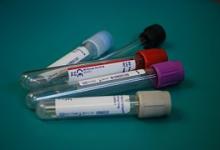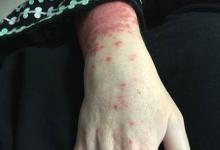If We Can’t Prevent RA, Can We at Least Prevent Difficult-to-Treat RA? Save

Despite major advances in rheumatoid arthritis (RA) management, a subset of patients still progress to difficult-to-treat RA (D2TRA) — a state of persistent inflammation and functional impairment despite multiple therapies. While we understand better mechanisms driving D2T state and multidrug resistance, it is still unclear if this state can be prevented through the early RA window of opportunity and early remission. Two new studies presented this year tackle a key question: can our initial treatment choices influence who ends up in the D2T category?
In abstract #1677, presented by Toyoda and colleagues, a UK-based real-world study compared early, first-line anti-TNF induction therapy to standard treat-to-target csDMARD strategies in DMARD-naïve early RA using historical cohorts from Leeds. After 5 years, only 0.9% of patients who received an anti-TNF upfront developed D2TRA versus 7% in the csDMARD group (OR 0.11, p=0.033). Drug-free remission was also more frequent (13% vs 6%, p=0.049). At 10 years, those early anti-TNF–treated patients were more likely to maintain sustained remission (62% vs 45%, p=0.014). This incurred in a reduction of 20% annual health costs in the early TNF cohort.
In abstract #1679, a large Belgian cohort (n=675) found that nearly 1 in 4 RA patients ultimately met D2T criteria after 25 years, despite modern treatment strategies and earlier biologic access. This retrospective study showed that D2T patients were diagnosed younger, had higher HAQ scores, and were more often with glucocorticoids before biologics. Of note some of these patients were included before 2000.
Interestingly, the first-line biologic — whether TNFi, IL-6, or JAK inhibitor — despite few difference in shorter term analysis; didn’t significantly alter D2T risk over long term follow-up. Instead, persistent inflammation and baseline disease severity appeared to be the main drivers. Even in the biologic era, preventing D2TRA may depend more on early remission than on the specific mechanism of action chosen first.
Together, these data reinforce a very practical message: if we can’t yet prevent RA, perhaps we can prevent difficult-to-treat RA by early treat to target aiming for remission. Yet in the UK, NICE guidelines still restrict first-line biologic use in early RA, despite falling costs from biosimilars and comparable safety data. In addition, early escalation to biologic therapy is also delayed by necessity to escalate to combination csDMARDs. With fewer than 1% of early anti-TNF–treated patients developing D2T at 5 years, these findings may reignite the conversation around updating UK treatment algorithms to focus early remission. Similarly, more mechanistic studies are warranted to understand whether early molecular signatures are associated with refractoriness and therefore might need alternative therapeutic strategies early in the course of the disease.










If you are a health practitioner, you may Login/Register to comment.
Due to the nature of these comment forums, only health practitioners are allowed to comment at this time.